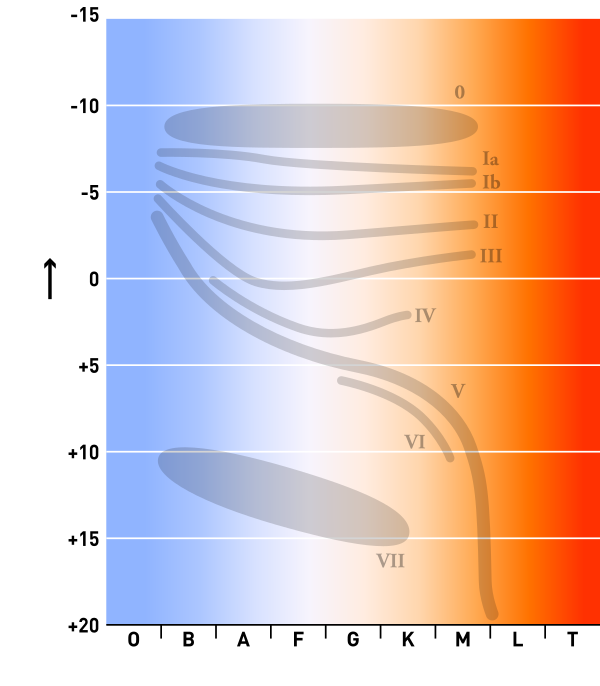So I found bunch of O type stars next to each other and they are strange. Or the stats are incorrect and Frontier has to change them or the stars are just strange.
So first one is very very old star that should be gone by now. Here's an example where life-span should be 1-10 milions of years but star is 90x times that age. So why it didn't went Supernova by now?
There is also HUGE F type star which is not consired as Supergiant or Giant star. But look on the size of that thing.
As a bonus to that there is a Amonia world with large pressure over 10 tousand!!!!1!! *Vegeta screams*
So first one is very very old star that should be gone by now. Here's an example where life-span should be 1-10 milions of years but star is 90x times that age. So why it didn't went Supernova by now?
There is also HUGE F type star which is not consired as Supergiant or Giant star. But look on the size of that thing.
As a bonus to that there is a Amonia world with large pressure over 10 tousand!!!!1!! *Vegeta screams*
Last edited:









